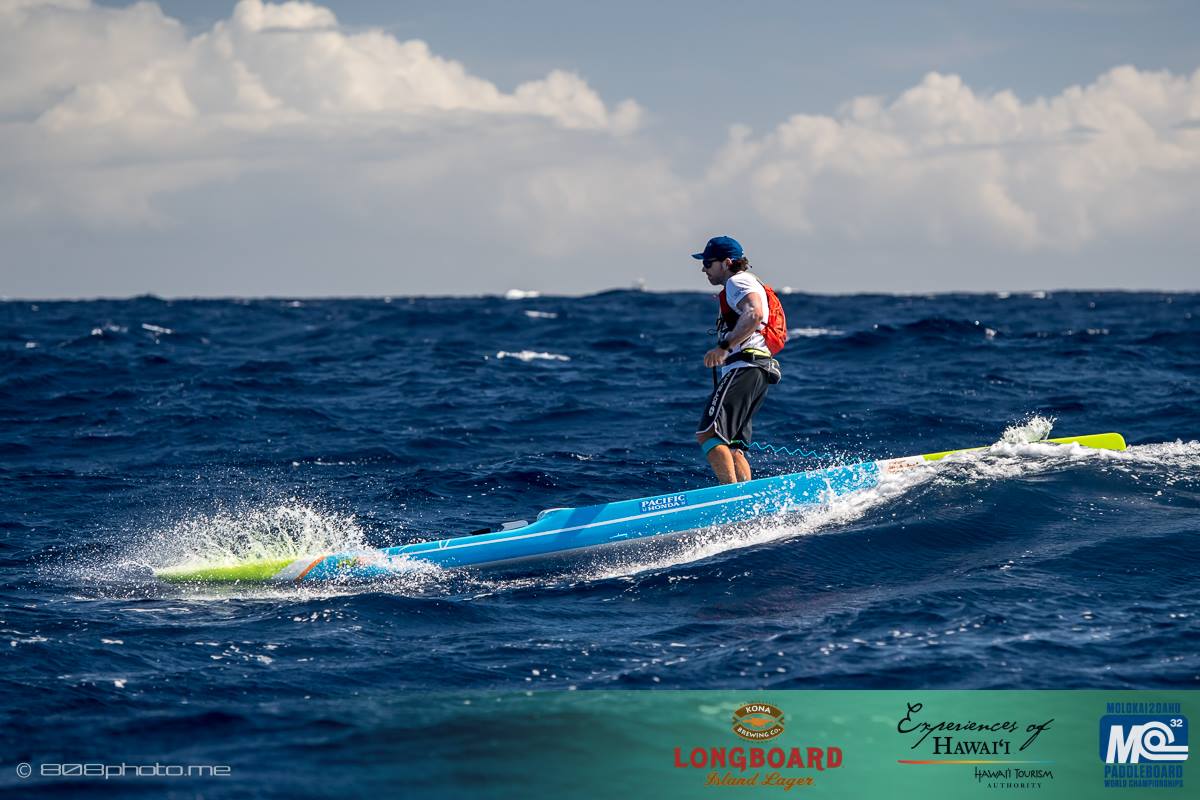Technique with Travis
This little tutorial on the use of leashes is one of several clips in an NSP exclusive series of short, instructional videos by Travis Grant. In this episode, Travis points out the different options there are and like Travis, we can’t stress enough how important the use of a leash is:
Always use a leash
Every year, people are seriously injured by out-of-control boards, with the occasional fatality. Today, the different SUP racing leagues have already made leashes mandatory at every event but we encourage you to make it a habit to wear one as well, whether you are competing or not.
MAIN TAKEAWAYS FROM THIS EPISODE
#1
NSP Race boards have two leash plugs; one in the back for surf-style attaching and one in the front, allowing for a shorter (and lighter) leash. Be careful not to fall on your board with the latter though.
#2
Whether you are training, cruising or participating in a race, always, always wear a leash. You never know what’s going to happen out there and leashes save lives.
#3
Calf leashes are easier/faster to open than traditional ankle leashes. The NSP leash belt with a quick-release is even faster and makes a lot of sense for racing, foiling or whitewater SUP.
About Travis
Travis Grant is a stand-up paddle athlete with several world titles under his belt, including Molokai, the Carolina Cup, King of the Harbour NZ and countless others.
About Leashes
Leash technology has come a long way and rightly so. Whereas surfers require a straightforward leash solution, stand-up paddlers are better served with a coil leash, attached to the calf instead of the ankle.
Racers require a slightly different leash from recreational paddlers and for foiling or whitewater adventures, it really is best to have a leash that avoids getting tangled up. For these applications, an additional leash belt really makes sense.



